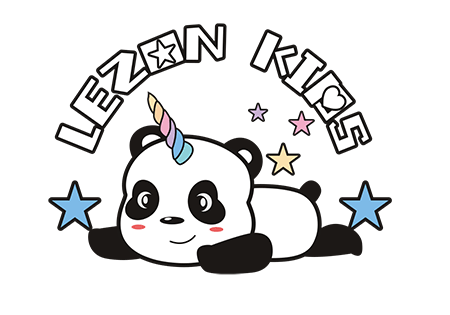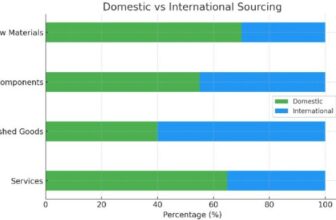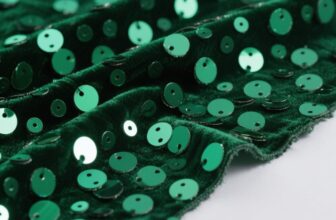Why the Search Volume for Children’s Clothing with Bead has Skyrocketed by 200%?
In today’s consumer era, the children’s clothing market is like a vast and ever – evolving commercial universe. The bead – adorned fabric, a shining part of the children’s clothing field, is constantly witnessing changes in categories and styles. In recent years, the search volume for children’s clothing with beads has shown an astonishing surge, with an increase of up to 200%. Behind this remarkable data change, there are many complex and interesting factors worthy of in – depth analysis.
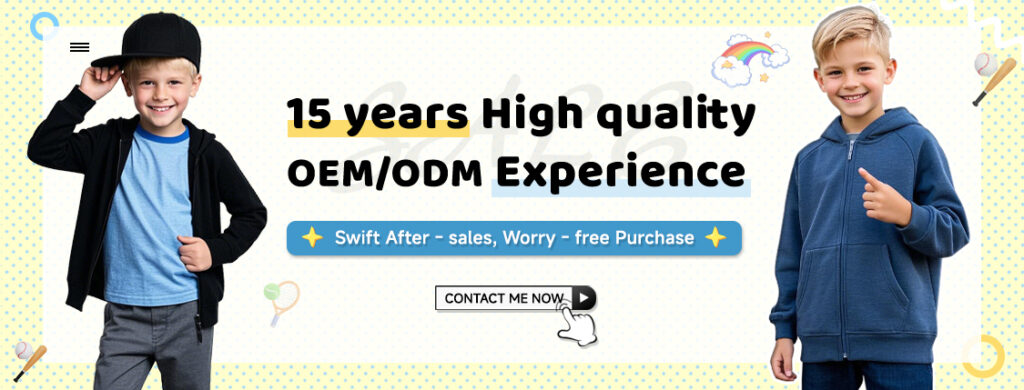
I. Data Interpretation
High Search Volume ≠ High Conversion Rate: Style Characteristics Actually Clicked by Consumers
Although the search volume for children’s clothing with beads has soared, searching does not equal purchasing. After in – depth analysis of consumers’ actual click – through behavior on e – commerce platforms. It is found that not all styles of children’s clothing with beads can successfully attract consumers to place orders. The styles that are heavily clicked by consumers on the search results page have some remarkable features. In terms of design, children’s clothing with novel and unique styles. That can perfectly integrate the bead element with the overall clothing style is more popular. For example, a girls’ dress that combines Christmas elements with modern bead – setting techniques, combining the tulle skirt of an ordinary dress with delicate bead patterns, not only shows the festive atmosphere but also adds a sense of fashion. Its click – through conversion rate is 20% higher than that of ordinary bead – adorned dresses.
From the perspective of the arrangement and decorative effect of the beads, a fine, orderly. And artistic bead layout is more likely to attract consumers. For instance, a boys’ T – shirt with a starry – sky theme has beads cleverly arranged in the shapes of stars and constellations, scattered in a well – arranged manner on the clothes, creating a dreamy visual effect. The click – through volume of this product ranks among the top in similar boys’ bead – adorned clothing. In addition, the color matching of the clothing is also of great importance. A fresh, soft color – matching scheme that complements the color of the beads, such as a girls’ dress with pink and silver beads or a boys’ dress with blue and gold beads, can effectively enhance the product’s attractiveness and thus increase the click – through conversion rate.
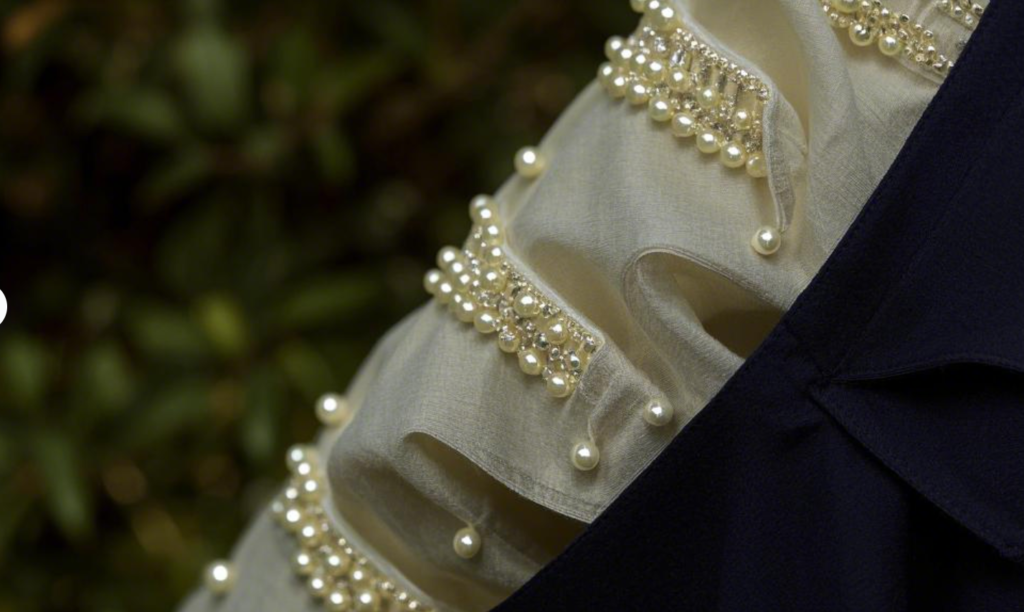
II. Insights into Consumer Psychology
(I) Driven by Social Media: The “Princess – Style Outfit” Topic on TikTok Has Over 1 Billion Views
The rapid development of social media, especially the rise of short – video platforms, has had an unprecedented impact on consumer behavior. The popularity of children’s clothing with beads is closely related to the promotion of social media. On TikTok, the “Princess – Style Outfit” topic has been gaining increasing popularity, with the number of views exceeding 1 billion. In these popular videos, cute children wear gorgeous bead – adorned princess dresses and dance gracefully or strike elegant poses in exquisite scenes. These outfit images in the videos satisfy children’s fantasies about the fairy – tale world and also inspire parents’ desires to dress their children as little princesses and princes.
Many online influencers have attracted the attention and imitation of a large number of fans by sharing their children’s bead – adorned children’s clothing outfits. A parenting influencer with millions of followers posted a series of videos on TikTok of her daughter wearing different styles of bead – adorned children’s clothing to parties and events. Each video received hundreds of thousands of likes. These videos not only showcase the beauty of the children’s clothing but also provide outfit inspiration for parents through scene – setting, matching techniques, etc. Fans frequently asked for the purchase links of the children’s clothing in the comments section, making the relevant styles of bead – adorned children’s clothing quickly popular in the market. This social – media – driven consumption trend has made bead – adorned children’s clothing a popular category in the current children’s clothing market.
(II) Parents’ Contradictory Demands: They Want Both Glamour and Durability
When parents buy children’s clothing with beads for their children, they are often in a contradictory state of mind. On the one hand, they hope that their children can wear gorgeous and outstanding clothing to show their unique charm on special occasions, such as birthday parties, festival celebrations, school performances, and other events. Children’s clothing with beads can precisely meet this need. The shiny effect of the beads can make children the center of attention instantly, satisfying parents’ expectations for their children’s beautiful appearance. For example, at a child’s birthday party, a little girl wearing a bead – adorned princess dress is like a little princess in a fairy tale, and a little boy wearing a bead – adorned dress looks handsome and gentlemanly.
On the other hand, parents also care a great deal about the durability of children’s clothing. After all, children are lively and active, and clothing is easily subject to various frictions and pulls during daily wear. They worry that the beads will fall off after frequent wearing and washing, affecting the overall beauty and service life of the clothing and causing unnecessary waste. Moreover, children’s clothing needs to be replaced relatively frequently, and parents hope that the purchased clothing can be worn for as long as possible. This dual demand for glamour and durability makes parents particularly cautious when choosing children’s clothing with beads and puts forward higher requirements for product quality and craftsmanship.
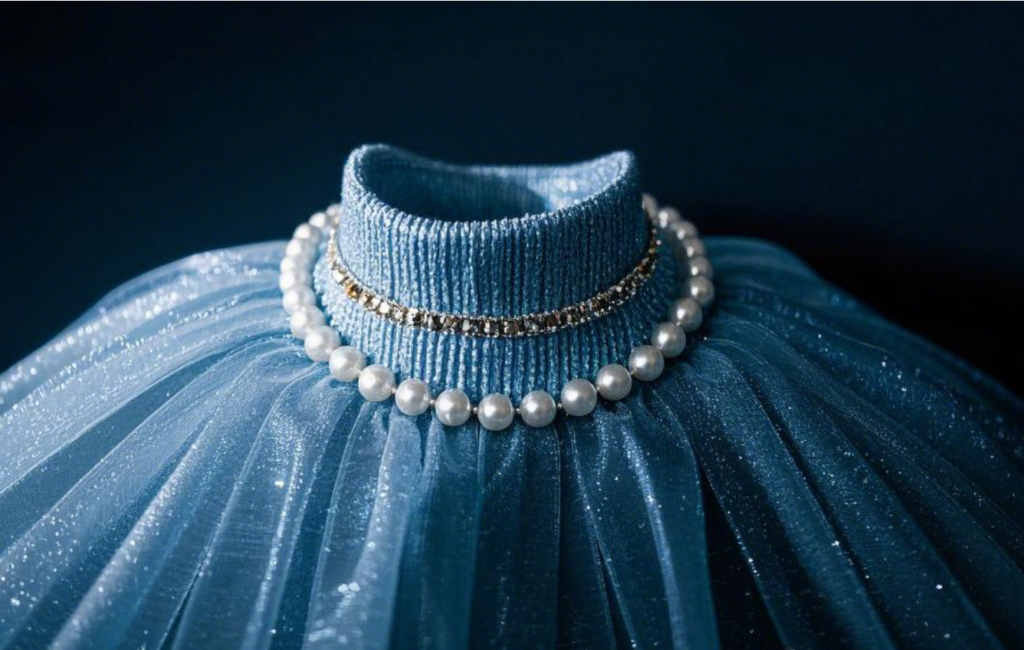
Ⅲ. Selection Avoidance Guide
3 Key Considerations for Retailers’ Purchases
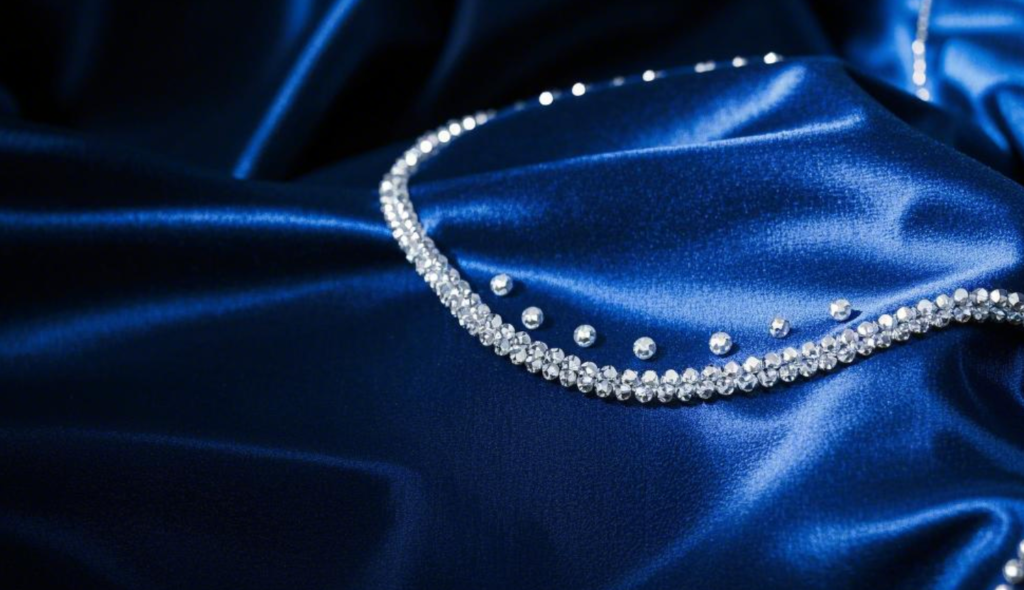
Ⅳ. Grammage of the Base Fabric for Beads (≥180g Cotton to Prevent Deformation)
- The grammage of the fabric is one of the key factors affecting the quality and durability of children’s clothing. For children’s clothing with beads, the base fabric for the beads should have a grammage of ≥180g cotton to effectively prevent the clothing from deforming. When the fabric grammage is insufficient, during daily wear, especially when children engage in strenuous activities such as running, jumping, and playing, the clothing is likely to stretch and deform due to uneven stress. Once the clothing deforms, the arrangement of the beads will be affected, and phenomena such as distortion, misalignment, or even falling off may occur.
HAPA pays great attention to the selection of the base fabric, strictly selecting high – quality cotton fabrics. After testing, after multiple times of wearing and washing, it can still maintain a good shape. And the beads remain firmly in place. Therefore, when retailers purchase children’s clothing with beads, they must pay attention to the grammage of the base fabric and choose products with reliable quality to reduce after – sales risks.
Ⅴ. Cost Difference between Manual and Machine Sewing (with Man – hour Comparison Table Attached)
In the production process of children’s clothing with beads, manual sewing and machine sewing are two common methods, and there are significant differences in their costs. We can understand this difference more intuitively through a man – hour comparison table.
| Sewing Method | Bead – setting Man – hour per Piece of Children’s Clothing | Hourly Labor Cost | Labor Cost per Piece of Children’s Clothing |
| Manual Sewing | Approximately 2 hours | $10 | $22 |
| Machine Sewing | Approximately 30 minutes | $6.5 | $12 |
As can be seen from the table, it takes an average of 2 hours to sew beads on a piece of children’s clothing manually. Calculated at an hourly labor cost of $10, the labor cost per piece is $22. While machine sewing only takes 30 minutes, and the labor cost per piece is $12. The labor cost of manual sewing is relatively high, with each piece of manually sewn children’s clothing costing $10 more than machine – sewn ones.
However, manual sewing has certain advantages in the fineness and firmness of the bead – setting. Manual workers can more flexibly adjust the position and arrangement of the beads according to the design requirements. Creating more delicate and complex patterns. In some high – end bead – adorned children’s clothing brands. In order to pursue ultimate quality and unique design effects, manual sewing is still used. But for children’s clothing retailers who pursue cost – effectiveness. They need to weigh the cost – quality differences between manual and machine sewing. According to the target market and consumer needs and choose suitable products.

Ⅵ. Summary of the Top 3 Return – related Problems of Competitor Products (Thread Snagging, Bead Loss, and Allergies)
In – depth analysis of the return situations of competitor products in the market can help retailers understand the common quality problems of children’s clothing with beads. So as to avoid purchasing products with these problems when selecting products. It has been investigated that the top 3 problems leading to high return rates of competitor products mainly focus on thread snagging, bead loss, and allergies.
The thread – snagging problem is usually caused by rough edges of the beads or poor sewing techniques. During children’s wear, the rough edges of the beads are likely to catch on the skin, hair, or other clothes. Which not only causes discomfort to children but may also damage the clothing. For example, some low – cost children’s clothing with beads use poor – quality beads to reduce costs. These beads are not finely polished during the production process, and there are burrs on the edges. Consumers frequently report thread – snagging problems after purchasing, resulting in an increased product return rate.
The bead – loss problem is also a major headache for consumers. This is mainly because the beads are not fixed firmly and are easy to fall off during washing or daily activities. Some manufacturers cut corners in the bead – setting process and do not use appropriate glues or sewing methods. Making the connection between the beads and the fabric not tight enough. Once a bead – adorned children’s clothing that was originally gorgeous experiences bead loss. Its beauty will be greatly reduced, affecting the consumer’s purchasing experience.
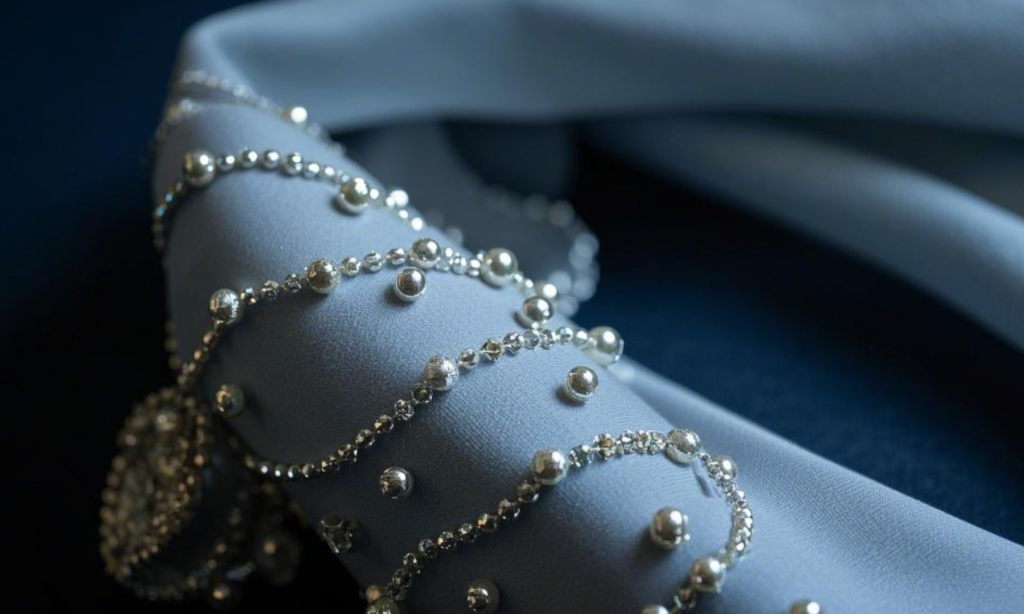
Allergy problems cannot be ignored. Some children’s clothing with beads use bead materials containing harmful substances in the production process. Such as materials with excessive formaldehyde or heavy – metal content. Children’s skin is relatively sensitive. After long – term contact with these harmful substances, they are prone to allergic reactions, such as skin itching and redness. Such problems not only harm children’s health but also bring serious reputation crises to brands. Therefore, when selecting products, retailers should pay special attention to the solutions provided by suppliers to these problems. Which require suppliers to provide relevant quality inspection reports, ensure that products meet safety standards. And choose products with reliable quality and excellent craftsmanship to reduce return risks and protect consumers’ rights and interests.
The surge in the search volume for children’s clothing. With beads is the result of the combined action of multiple factors. From the data changes, we can see the transformation of market demands. The insights into consumer psychology reveal the driving factors behind it. So and the selection precautions guide provides practical suggestions for retailers to move forward steadily in this popular market. With the continuous development of the market, the design, craftsmanship. And quality standards of children’s clothing with beads will also continue to improve to meet the increasingly diverse and strict requirements of consumers.
